Pair of lunettes with angels and animals
Blood on paper, cm 34 x 17
The sanguigna is a red ocher used to create drawing pastels, particularly popular in the Renaissance and Baroque period. The colour, similar to that of blood, is due to the material of which it is composed, namely hematite, having a ferrous composition. The hematite mixture is shaped into pointed sticks with which you can mark on paper. Often the mixture is enriched with small amounts of ocher. The sanguine, in graphic techniques, can be used as a common graphite pencil, using the hatching to simulate the parts in shadow of a model and leaving clean the surface of the sheet for those in light. Or the technique of the shading can be used in which, using a rag, the artist spreads the dusty marks left on the sheet by the blood until the tone of the entire surface is lowered, then resuming the work by removing the dust on the light points; For this operation, use bread crumb or soft gum. Often the two techniques of dyeing and shading are used in combination. In many ancient drawings the sanguine is used together with charcoal or black stone: a first sanguine sketch was made which was then taken up with the darker marks of coal or black stone. The lighter colour of the sanguine prevented that, when finished work, the first signs, often subject to reconsideration, could hinder the overall vision of the final version. In the 17th century, blood was often used on dyed sheets and in combination with the biacca or with the chalk, which were used to obtain lights, or sometimes it was used together with watercolor.
In this context, the nineteenth-century artist perfectly reproduces this technique, in vogue since the Renaissance by inserting these two symbolic bezel amorini and animals.






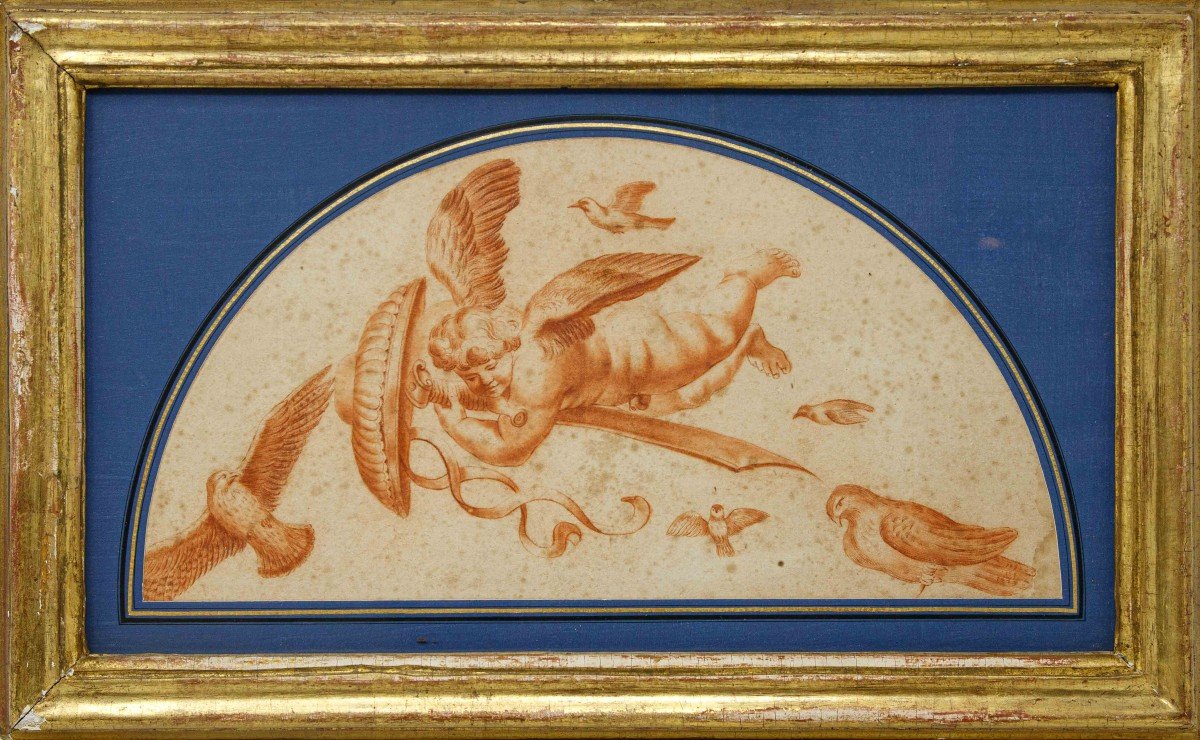

















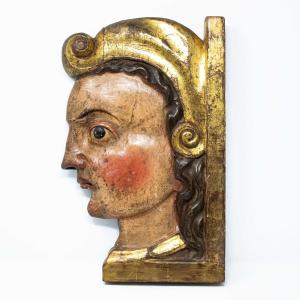


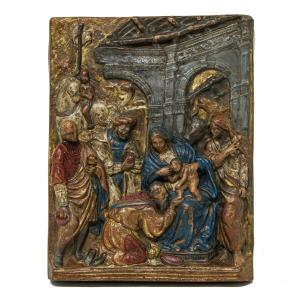


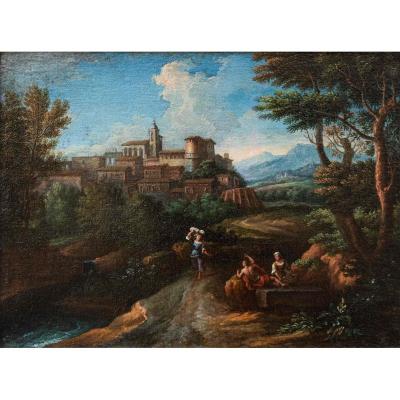

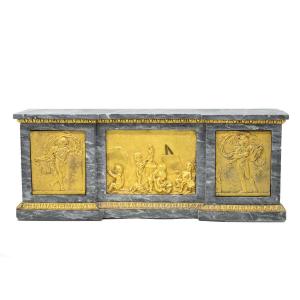

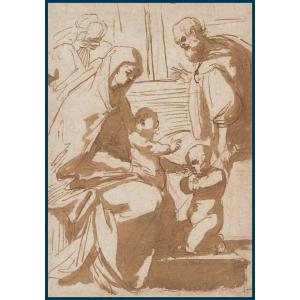
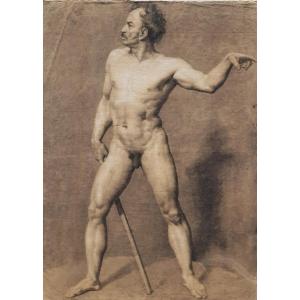
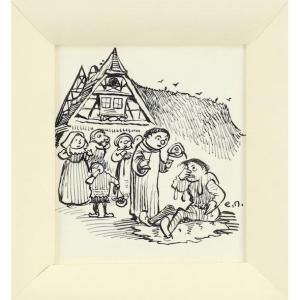
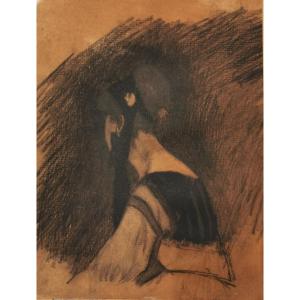




 Le Magazine de PROANTIC
Le Magazine de PROANTIC TRÉSORS Magazine
TRÉSORS Magazine Rivista Artiquariato
Rivista Artiquariato